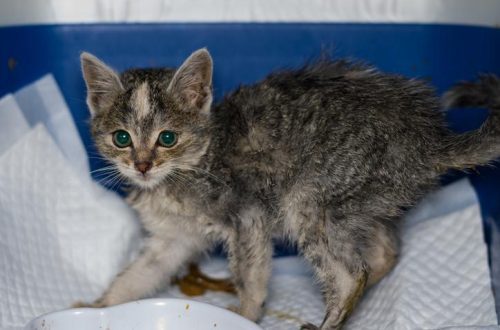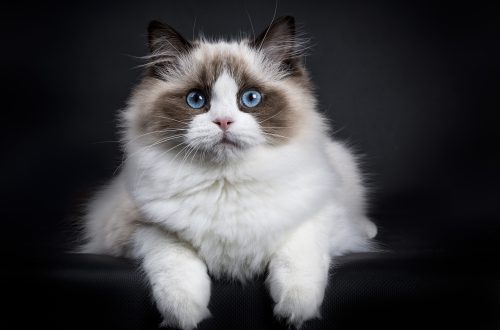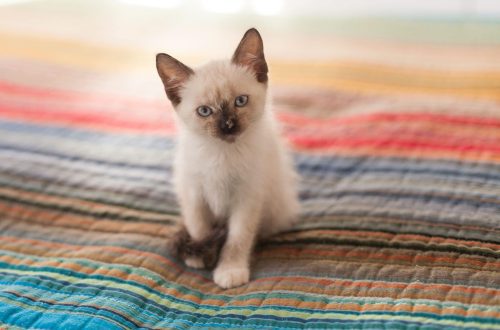
What to feed an older cat
Age-related changes are peculiar not only to us, but also to our pets. Older cats are no longer as active as they used to be. Their “weak” places are vision, hearing, joints and the cardiovascular system. But a balanced diet, selected in accordance with age, can slow down the aging process and maintain the health of the pet. What to feed an old cat?
At what age is a cat considered old? There is no single answer to this question: it all depends on the characteristics of the breed (large cats age faster), the state of the body of a particular pet, the conditions of its maintenance and the quality of feeding. The better the conditions of detention, the slower the cat ages.
Conventionally, cats are considered to be older than 7 years old. It is during this period that cats gradually begin to deteriorate their eyesight and hearing, their immunity worsens, making the body vulnerable to old and new diseases. With age, mobility worsens, diseases of the musculoskeletal system occur: arthritis, arthrosis and others. But in practice, everything is not so scary. Old age is not a disease, but the next life stage, which, with proper care, will not affect the quality of life of a pet. And the main component of such care is a balanced diet. What to feed an older cat?
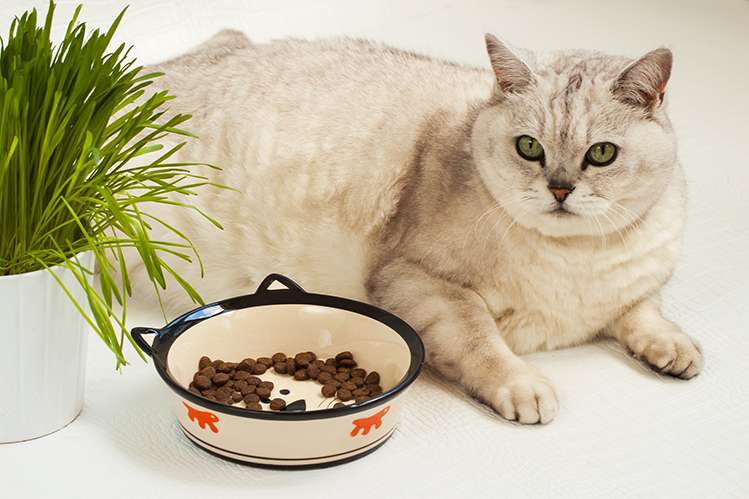
Special balanced feeds for older pets help maintain health, beauty and well-being. The word “Senior” is usually added to the name of such lines. It is recommended to transfer a cat to them from the age of 7.
How are senior cat foods different from standard adult cat diets? Let’s look at the example of the Monge Senior Cat diet. It consists of:
Pineapple Core Extract is a natural source of bromelain. This component performs the most important functions for the elderly: it prevents the formation of blood clots, prevents oncological diseases, relieves swelling of soft tissues and accelerates regeneration in case of injuries, alleviates inflammation and improves digestion. And these are just the main of its useful properties.
Rosemary extract is a powerful natural antioxidant. Neutralizes the action of free radicals and protects against negative age-related changes. Supports the overall tone of the body. Prevents deterioration of vision and dental health.
Increased content of vitamin A – to prevent visual impairment.
Increased content of Omega-3 and -6 fatty acids. Age-related changes are reflected in appearance: the skin dries out, and the coat becomes dull and weak. Fatty acids nourish the skin and coat from the inside, keeping them healthy and beautiful.
Taurine is a component that supports the work of the cardiovascular system.
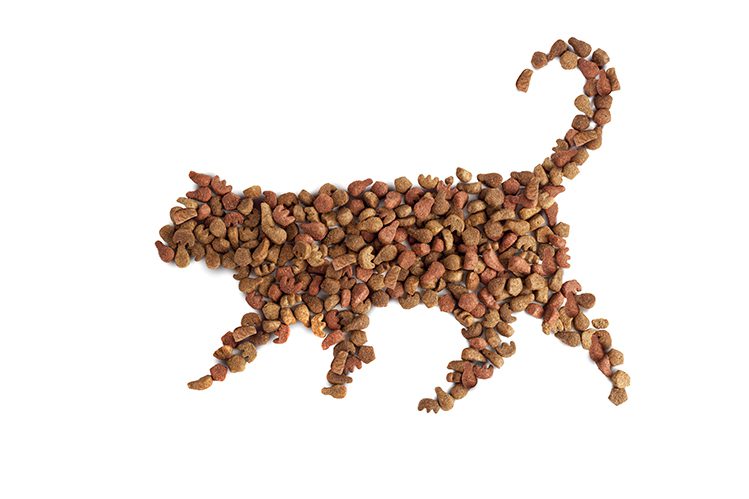
These components distinguish senior cat foods from standard adult diets. Other components may remain common in all formulations. This, for example. X.OS to control intestinal microflora, yucca schidigera to eliminate unpleasant odors, rose hips to strengthen immunity, etc.
Pellets size is another important feature of senior cat diets. As a rule, they are slightly smaller in size, and their shape is gentle on the teeth and cleans them of plaque.
Feeding an old cat must be agreed with a veterinarian. The transition from food to food is done smoothly to reduce stress on the body.
Having decided on the diet, strictly follow the recommendations for feeding and do not indulge your pet with food from the table. In order to have a result, the diet must be adhered to, otherwise there will be no benefit even from the best food.
Do not forget about clean drinking water: it should always be freely available to the cat. Drinking plenty of water is also the prevention of aging.



